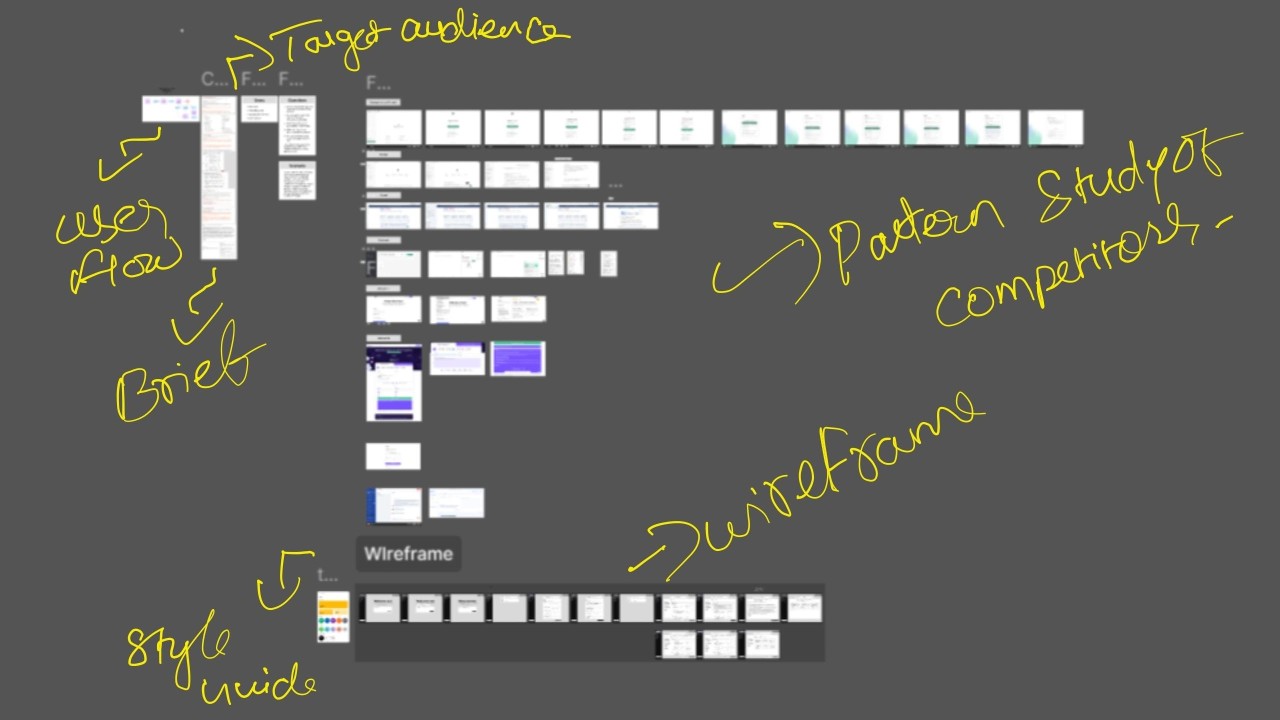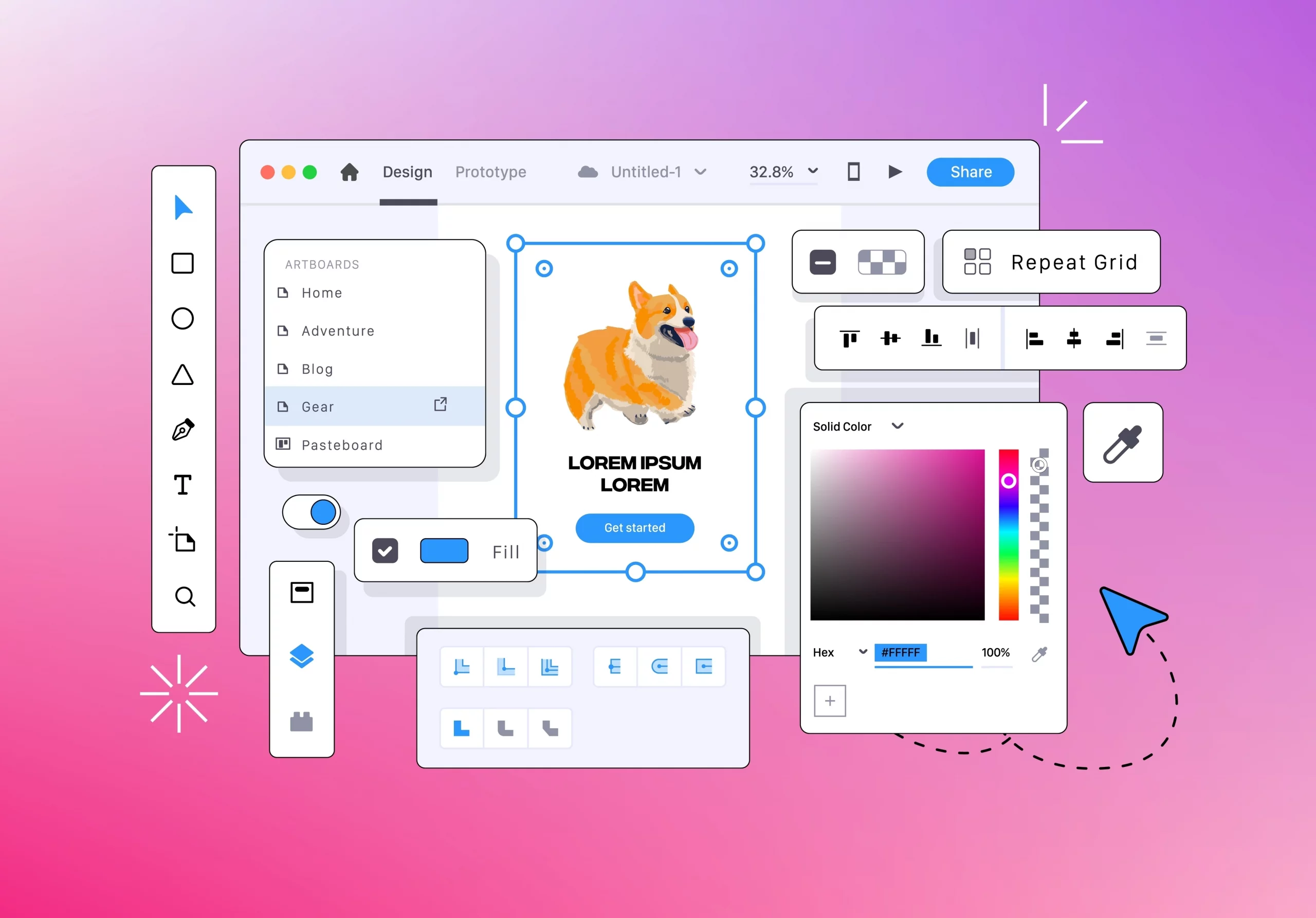Ever found yourself staring at a beautifully crafted design, only to realize it’s not performing as expected? Users aren’t engaging, drop-off rates are high, and frustration levels are through the roof. What do you do? You solve the problem.
At its core, UX design is about problem-solving. It’s not just about aesthetics—it’s about creating experiences that work. Whether it’s optimizing a checkout flow, improving navigation, or increasing user retention, problem-solving is what separates good design from great design.

-
Understanding the Problem
Before jumping to solutions, you need to diagnose the issue. Why are users struggling? What’s missing? Understanding the problem means digging into user research, analytics, feedback, and business objectives. Most importantly, it requires empathy—seeing the product through the user’s eyes and identifying their pain points.
-
Defining the Problem Clearly
A well-defined problem is half-solved. Frame it as a “How might we…?” statement. For example:
Instead of saying, “Users abandon their carts,” ask, “How might we simplify the checkout process to reduce cart abandonment?”
Instead of “Users struggle with navigation,” ask, “How might we make navigation more intuitive and seamless?”
This simple shift helps in brainstorming targeted solutions.
-
Ideating: The Creative Playground
Once you have a clear problem statement, it’s time to explore solutions. No idea is too small or too big at this stage—let creativity flow. Some ways to spark ideas include:
Sketching rough concepts before refining them
Collaborating with cross-functional teams to get fresh perspectives
Experimenting with different UX patterns
Thinking beyond digital—sometimes offline inspiration leads to the best online solutions
-
Learning from Competitors
UX isn’t about reinventing the wheel—it’s about making it roll better. Analyzing how competitors solve similar problems provides valuable insights. But here’s the trick: don’t just copy. Find gaps in their approach and innovate.
-
Bringing Ideas to Life: Wireframing
Once ideas start taking shape, wireframing helps visualize the flow. Start with low-fidelity paper wireframes—quick, sketchy versions of layouts that allow you to map user journeys before diving into details. This step keeps the focus on usability rather than visual aesthetics.
-
High-Fidelity Design: Where It All Comes Together
With a solid structure in place, move to high-fidelity design. Here’s where aesthetics and functionality meet. But before going all in, list essential elements that should be prioritized—ensuring users get what they need without distractions.
-
Prototyping & Testing: Real-World Validation
Static screens don’t cut it—interactive prototypes give users a feel for the product. Testing these prototypes helps uncover usability issues early on. Observing real users interact with your design is eye-opening. Their behavior often reveals gaps designers might overlook.
-
Iteration: Refining for Perfection
No design is perfect the first time. Usability tests, user feedback, and internal reviews help in refining the experience. Iteration ensures that designs aren’t just visually pleasing but truly functional.
The Bottom Line
UX design isn’t about pushing pixels—it’s about solving problems. The best UX designers are problem-solvers first and artists second. By embracing a structured problem-solving approach, you elevate your designs from good to game-changing.
So, the next time you hit a design roadblock, don’t see it as a setback. See it as an opportunity—to think, to create, and to solve.
Adding one more title to my bio – PROBLEM SOLVER!








